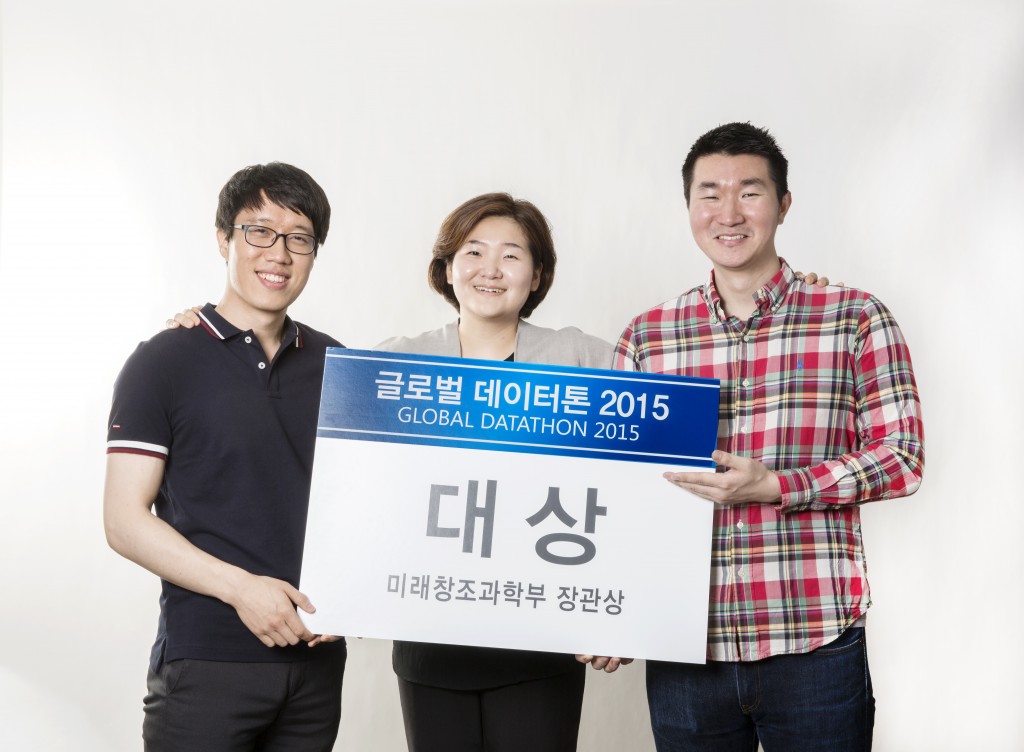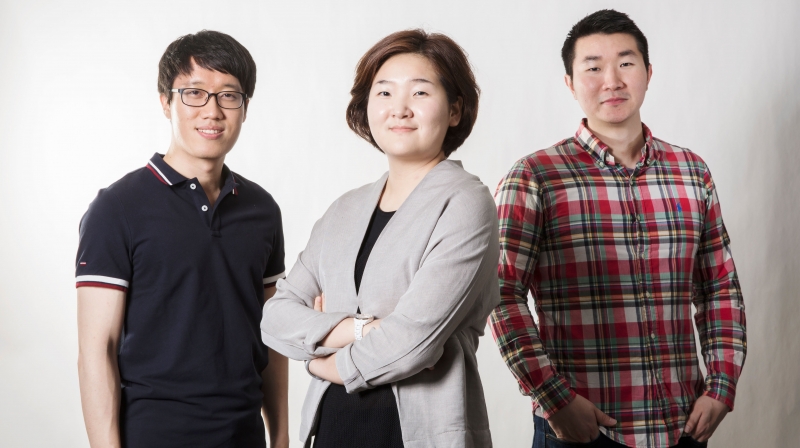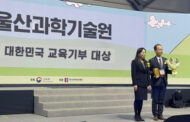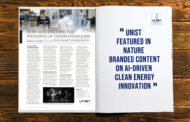Air pollution is the world’s biggest environmental threat to human health because finding answers to how the extract source of air pollution is interacting in the air and how it is dispersing have been challenging. However, with advances in modern technologies and new Big Data analytic solutions, it has become possible to pinpoint the source and dispersion of pollutants across the nation in advance.
A group of three graduate students in the Business Analytic MBA program at UNIST has recently announced that they have developed a fleet of portable pollution sensor that allow users to forecast subway air quality on their smartphones. The group took official data from government air quality monitoring stations, and then used meteorological satellite data to detect the level of chemical pollutants, such as formaldehyde and dust particles in the air.

Winners from the 3rd Global Datathon 2015 competition are posing for a group photo. From left are SangWon Chung, SooYeon Chae, and SeungJoon Lee.
Moreover, on June 29, the following students, SangWon Chung, SooYeon Chae, and SeungJoon Lee were selected to receive the Grand Prize at the “Global Datathon 2015” competition for discovering an electronic sensor that detects air pollution and dust particles.
“Although many people believe that the air quality of indoor, or entered a relatively enclosed public space, like subway or a conference room is slightly better than the outside, in reality, it is the total opposite,” says the research team.
“With this discovery, we can not only easily estimate the current air quality, but also selectively purify polluted air,” says SooYeon Chae.
Sponsored by the the Ministry of Science, ICT and Future Planning and the UN Global Pulse, the “3rd Global Datathon 2015” was part of Korean government’s three-year economic innovation plan to boost the big data industry across the nation. The primary purpose of this year’s Global Datathon was to solve a wider range of urban issues using big data and to discover top global talents.














